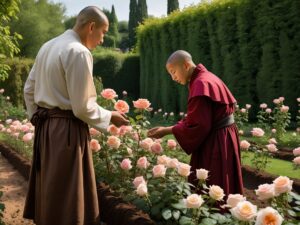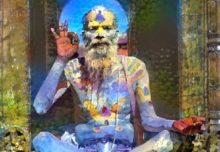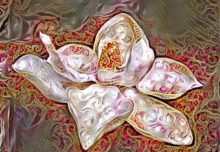 In any environment, we are constantly faced with the choice of what to focus on—the beautiful or the unpleasant, the inspiring or the troubling. This choice is shaped by our level of awareness. When we operate on “autopilot,” our habits often direct us to focus on the negative. However, when we are conscious and present, we have the power to choose where to direct our attention. The good news is that, with practice, we can train ourselves to notice beauty more often, shifting our habitual patterns of thinking and perception.
In any environment, we are constantly faced with the choice of what to focus on—the beautiful or the unpleasant, the inspiring or the troubling. This choice is shaped by our level of awareness. When we operate on “autopilot,” our habits often direct us to focus on the negative. However, when we are conscious and present, we have the power to choose where to direct our attention. The good news is that, with practice, we can train ourselves to notice beauty more often, shifting our habitual patterns of thinking and perception.
Whether we see beauty or not has less to do with our environment and more to do with how we choose to look at it. Beauty exists in the simplest moments and most ordinary things. But we often overlook it unless we make a conscious effort to seek it out. The more we practice this, the better we become at noticing beauty, even in unexpected places.
A powerful example of this is in the cult classic Harold and Maude (1971). In one scene, Harold and Maude, who have fallen in love, sit beside a waste dump, watching the sunset. Rather than focusing on the waste, they are captivated by the light dancing on the oil sheen covering the pond. Through their eyes, we see that beauty can emerge from even the most unexpected settings.

The Taoist parable of The Master’s Garden also speaks to this idea. A master and his disciple walk through a garden, and the disciple marvels at the vibrant flowers. The master replies, “The beauty of this garden is not in the flowers but in the space between them, the air that carries their fragrance, and the earth that nourishes them.” This teaches that beauty isn’t just in what we see or touch but in the unseen and interconnected aspects of life.
Both Harold and Maude and the Taoist parable show that beauty is everywhere, but it’s up to us to choose how we perceive it. By practicing awareness and consciously seeking beauty, we can shift our mindset and transform the way we engage with the world, becoming more open and attuned to the beauty around us.





